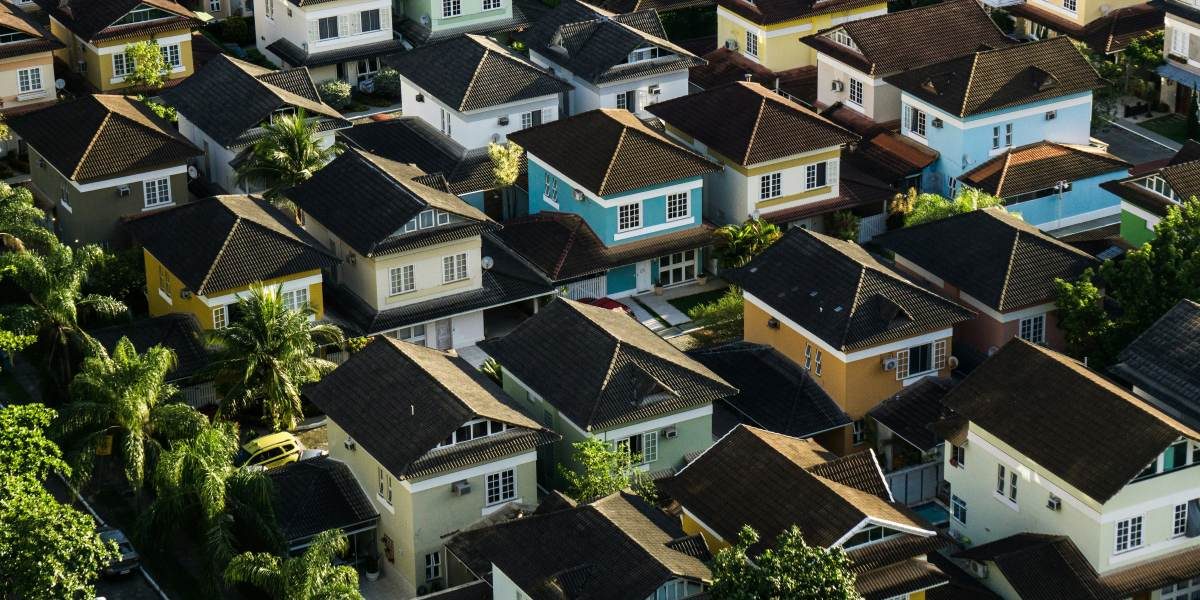By: Luka Tvaradze
The demand for newly built homes has fallen to its lowest point in nearly three years, signaling a pronounced deceleration in the housing sector. Recent data reveals that homebuilders nationwide are preparing for a marked downturn in construction activity in the near future. Nick Gerli, a real estate strategist, stated that buyers are largely disengaging from homes that are either under construction or have approved permits. He highlighted that the months of supply for both categories currently range between 15 to 20 months—figures that approach record-high levels.
Homebuyers Pull Back From New Construction Market
The term “months of supply” refers to how long it would take for the current inventory to be sold, assuming the present rate of sales continues. A range of 15 to 20 months is well above the six-month benchmark that typically defines a balanced housing market. This prolonged inventory overhang has already begun to influence builder behavior. Recent figures show that residential construction starts in the U.S. have slowed to levels not seen since the early months of the COVID-19 pandemic, underscoring the growing hesitation among developers to initiate new projects amidst weakening demand. In states where living is already costly, like New Jersey, more people are seeking alternative financial support options. Thus, the growing need for loan help for NJ households has prompted a surge in applications to credit unions, payday lenders, and community assistance programs.
New Home Listings Surge While Sales Hit New Lows
In recent years, residential construction has accelerated nationwide, particularly in high-growth states such as NY, Florida and Texas, which have seen strong population and housing demand since the onset of the pandemic. As a result, the level of new housing inventory has reached its highest point since late 2007, signaling gradual progress in addressing the long-standing supply shortage that has persisted since the Great Recession.
Despite this increase in available housing, sales of new homes are in decline. Persistently high home prices and elevated mortgage rates continue to deter prospective buyers. As of June 26, the average 30-year fixed mortgage rate stood at 6.77 percent, nearly triple the historic lows recorded during the pandemic. In May, sales of new homes fell sharply by 13.7 percent from the previous month, dropping to a seasonally adjusted annualized rate of 623,000 units, according to data from the Census Bureau of the U.S. Commerce Department. This marked the steepest monthly decline since June 2022 and exceeded analysts’ expectations, further illustrating the broader cooling of demand across the housing market. On a year-over-year basis, new home sales were down 6.3 percent.
The months of supply for homes that are permitted but not yet started has reached a record high of 19.4 months. Nick Gerli, CEO of Reventure App, emphasized that this figure reflects a near-total absence of buyers willing to sign contracts for homes that have yet to break ground. In his view, this underscores the fragile state of current housing demand. In comparison, homes currently under construction have a month’s supply of 14.8 ranking as the second-highest figure ever recorded, trailing only the 2008 peak. Completed homes, on the other hand, present a more favorable supply level of 3.6 months.
Gerli noted that approximately 30,000 new home sales were completed in May 2025, aligning closely with historical highs, which indicates that builders are still able to sell completed homes relatively effectively. However, he also cautioned that the influx of finished inventory continues to mount due to the substantial pipeline of homes still under construction. Currently, there are 268,000 homes for sale that remain under construction, a figure reminiscent of the oversupply conditions seen during 2007–2008.
What It All Means for Home Buyers and Builders
The outlook for home construction in the United States remains dim, as rising costs continue to impact both builders and prospective buyers. This trend suggests that the country’s persistent housing shortage is unlikely to resolve in the near future, and Americans will remain burdened by elevated home prices.
According to Odeta Kushi, Deputy Chief Economist at First American, multiple factors are contributing to the slowdown in builder activity. In a statement to Real Estate News, she explained that builders are contending with higher financing costs, ongoing tariff uncertainties, and reduced buyer demand driven by elevated mortgage rates. Additionally, increasing competition from a growing inventory of existing homes, particularly in key markets such as Texas and Florida, combined with their own rising stock levels, has further dampened builder confidence.

















